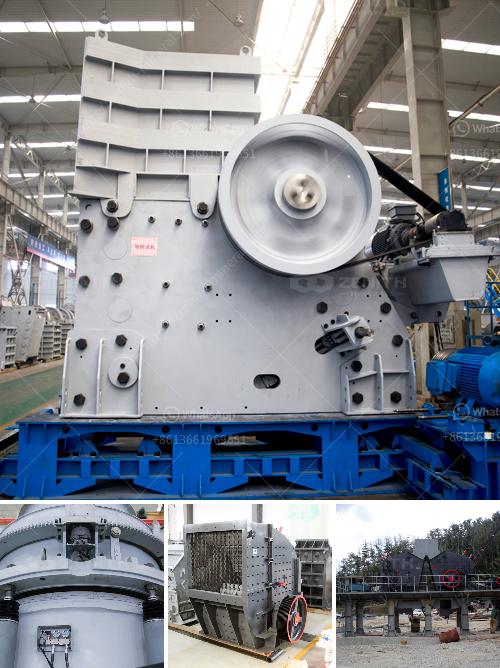Lithium ore processing involves several stages to extract lithium from its ores such as spodumene, lepidolite, and petalite. The key machinery and equipment used in lithium ore processing plants typically include:
Crushers: Used to reduce the size of lithium ore into smaller, manageable pieces for further processing. Types include jaw crushers, cone crushers, and impact crushers.
Grinding Mills: After crushing, grinding mills such as ball mills and rod mills are used to reduce the ore further to a fine powder, which is essential for the subsequent processing steps.
Screens: Vibrating screens are used to separate particles based on size. These are used both before and after grinding to ensure uniformity in particle size.
Dense Media Separation (DMS) Equipment: Used to separate valuable minerals from waste rock, based on differences in density.
Flotation Cells: Used in the flotation process to separate minerals from gangue. This step is often employed for fine particles to recover lithium minerals.
Magnetic Separators: Used to remove magnetic materials like iron from the ore.
Cyclones: Employed in the classification of particles based on size and density. Useful for further refining the material after grinding.
Thickeners and Filter Presses: Used to dewater the processed slurry. These are crucial for reducing water content to prepare for further processing or for storage.
Kilns or Roasters: Used particularly in the processing of spodumene to convert it from alpha to beta phase, which is essential for lithium extraction.
Leaching Tanks: Used in hydrometallurgical processing to leach lithium from the mineral concentrates using acids or other solvents.
Solvent Extraction Equipment: Employed to further purify lithium by removing impurities.
Evaporation and Crystallization Systems: Used to precipitate lithium carbonate or lithium hydroxide from solutions in the final stages of processing.
The specific setup and combination of equipment can vary significantly depending on the ore type, mineralogy, and the desired end-product. Optimization of these processes is key to enhancing the efficiency and cost-effectiveness of lithium extraction.
